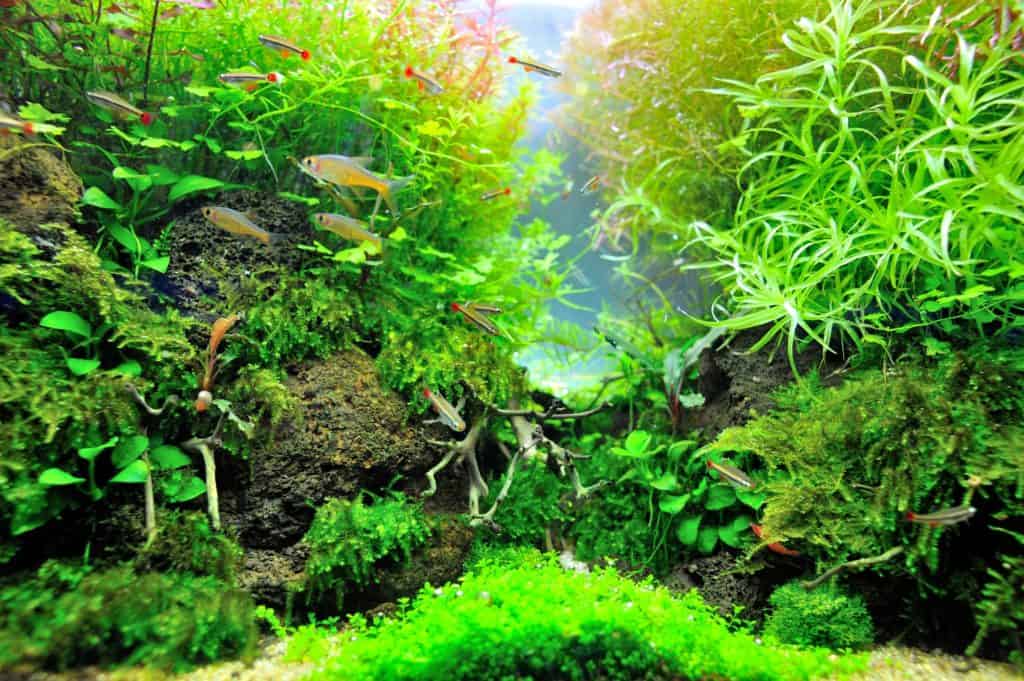
Moss is a fascinating plant, whether it grows above or below water.
It can be found pretty much anywhere—backyards, trees, and even in aquariums.
The only real problem you’ll run into when deciding on the right moss for your tank is having to choose between all the equally interesting and gorgeous types of moss available.
If you’ve managed to narrow it down to just Christmas moss and Java moss, we can help you sort through the differences and hopefully pinpoint which one is right for you.
The Difference Between Christmas Moss and Java Moss
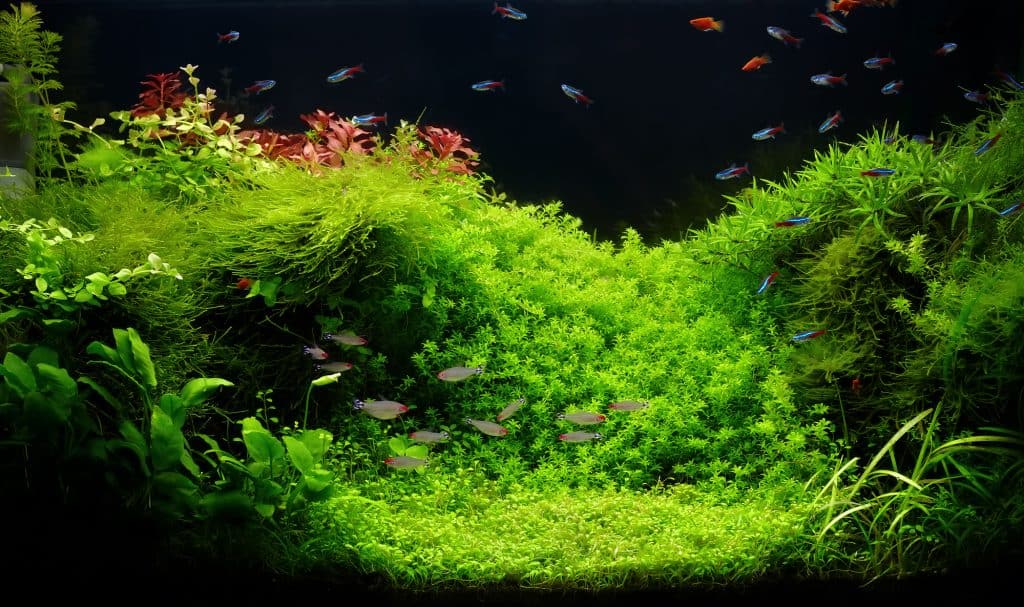
One of the biggest differences between Christmas moss and Java moss is the area over which it grows and the difficulty level.
The festive-looking Christmas moss grows over virtually any flat surface it’s placed on, while Java moss is used for filling in spaces with greenery.
As for difficulty levels, Java moss is the easiest type of moss to care for, while the care of Christmas moss is a little more complicated.
Don’t let that intimidate you!
Aquarium mosses are generally easy to care for, and they require little attention, no matter which you choose.
All About Christmas Moss

First up, we’ve got Christmas moss, which is very similar to Java moss, aside from the unique texture it provides.
Its thick fronds resemble the branches of fir trees, hence the name.
Christmas moss is native to Asia, Japan, and India, as well as a few other tropical locations.
It can be found on riverbanks, trees, and rocks. It doesn’t necessarily grow in the water.
Just because it doesn’t grow in the water in the wild doesn’t mean you can’t add it to your aquarium!
It’s capable of adapting and thriving underwater when given the right conditions.
Thankfully, this moss isn’t very picky.
Christmas moss is a brightly colored, tough moss which can survive in many different aquarium setups.
This moss can be wrapped around items in your tank, like rocks, for example.
It’s fast-growing, very dense, and does well when growing horizontally.
This is a good moss to have in breeding tanks as well as community tanks.
The fronds provide coverage for fry as well as smaller shrimp and fish.
Plus, a bed of Christmas moss along the bottom of your tank is bound to look amazing.
It’s praised for its texture, density, and color, and it’s sure to fit in with any aquarium’s theme.
Christmas Moss Care
Like all plants, Christmas moss does have its downsides.
One of the biggest issues you’ll run into is algae.
Algae can grow over top of your moss, and that’s not good for your tank’s environment.
You’ll want to grow this moss in warmer tanks with either neutral or acidic pH.
Our recommended temperature for this moss is between 72 and 82 degrees, and the best pH, if you would like to get specific, is 5.0 to 7.2.
We wouldn’t worry too much about the water’s pH because Christmas moss is highly adaptable.
Be careful when transferring Christmas moss from one environment to another, though.
This moss has a tendency to melt when exposed to new, warmer temperatures too fast.
On the other hand, if your Christmas moss is too cold, its growth can be stunted.
Christmas moss also requires trimming.
Leaving it untrimmed for too long has the potential to kill it. If you see its fronds turning brown, it’s best to assume that a trim is long overdue.
How To Use Christmas Moss
This is a good moss to use if you’re looking to remove nitrogen from your aquarium.
It’s also a good choice for breeder tanks.
The coverage is an ideal egg-laying spot, given there isn’t a lot of algae growing across the moss.
It can also be used in community tanks, providing coverage for shrimp or small fish.
There are a few ways to get Christmas moss to attach to things in your tank, including dry methods, using glue, and even anchoring with thread.
You can leave it free-floating, but if you’d rather have it attached to something in your tank, we recommend using either fishing line or superglue.
Your Christmas moss should quickly take hold of whatever you’re attaching it to.
Remember that it’s a fairly fast grower.
Christmas moss, as far as compatibility with fish goes, is quite easy to remember.
This moss is best for shrimp, any algae eaters, and pea puffers. In fact, pea puffers will only spawn in Christmas moss, so if you’re looking to breed them, Christmas moss is the best option for their breeding tank.
All About Java Moss
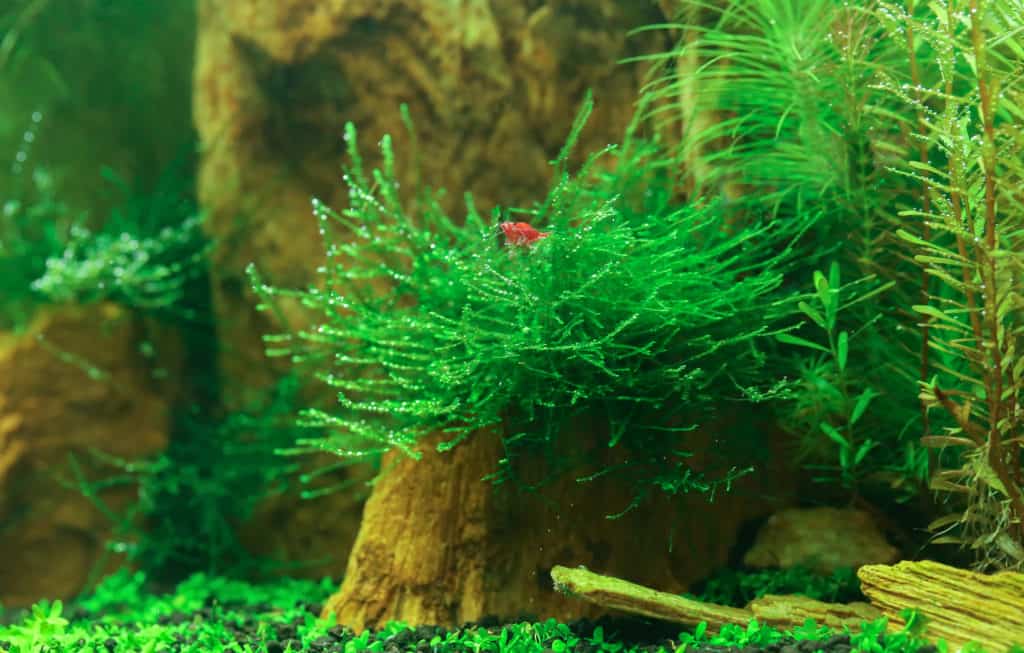
Now we move on to Java moss.
This, like Christmas moss, is incredibly easy to grow and care for—even easier than Christmas moss.
It’s a slow to medium grower, so be patient when waiting for it to spread throughout your tank.
It also requires very little light.
Java moss is native to southeast Asia, commonly found in tropical climates growing on rocks, tree trunks, and riverbanks.
Its simplicity when it comes to requirements makes it possibly the most commonly used moss among freshwater aquarists.
When adding it to your tank, we suggest attaching it to something instead of letting it freely float.
For example, attach it to things like décor and rocks.
Because it’s pretty much the easiest moss to care for, it’s nearly impossible to kill.
Once you’ve grown it in your fish’s habitat, it will become attached to everything you place it on inside your tank.
Be sure you actually want to grow it before adding it to any aquarium.
Java moss is incredibly durable and can grow in a wide variety of the harshest environments.
However, like we say, surviving isn’t thriving.
How exactly can you help your Java moss thrive?
Java Moss Care
Proper care should always start with water temperature and pH.
Java moss does best when the tank’s temperature is between 57 and 86 degrees.
That’s an incredibly wide range, giving you another reason to love this moss.
The water’s pH is pretty much the same story, with a wide range of anywhere between 5.5 and 8.0.
However, just like with Christmas moss, you might find yourself face to face with the one problem there is with Java moss: algae.
Algae can grow deep into your Java moss, which can lead to having to take the plant out of the tank and start all over again.
Nobody wants that.
The best thing to do to manage algae buildup is to get a few algae-eating fish or shrimp.
How To Use Java Moss
Now we move on to a very important step: where and how to use your Java moss.
Java moss is best grown in fresh water.
It can even soften harsher features in tanks.
You can use it to cover the floor or filter and just about anywhere in your aquascape.
Another great use for Java moss is placing it in breeder tanks.
The moss provides a near-perfect environment for eggs to attach to.
Plus, since it’s such a low-maintenance moss, it will allow your focus to be completely on your fish and their future fry.
This moss is compatible with almost every species of fish, and it will work in just about any tank.
To attach your Java moss to items or areas in your tank, methods will vary depending on what you’re looking to do.
For walls, you’ll want to fold a net over your moss and then secure it with suction cups.
After that, your moss will take a while to grow over the net.
Just be patient. It will eventually take hold and form a wall.
Another, somehow even easier method, is to add Java moss balls to your aquarium.
Java moss balls are small enough to be easily managed and can either be bought or made at home.
Why Moss Is Right for Your Tank
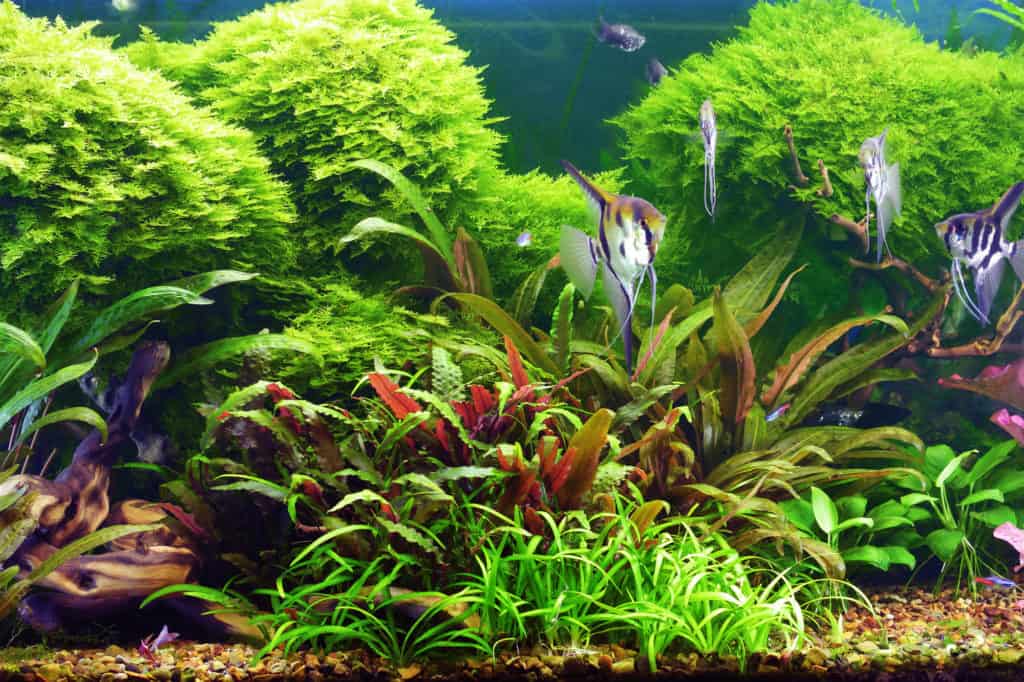
You might be wondering why you want any moss in your tank in the first place.
Trust us when we say that we recommend live plants over plastic décor.
Some fish are more prone to accidentally slicing up their fins on plastic décor, so sticking with living plants can keep your fish from harming themselves.
Moss isn’t just a pretty plant for your tank.
It’s also functional!
Some moss can absorb things like nitrates to help keep your water quality at its best.
They can also provide oxygen and cover for your aquatic creatures.
Moss is also great for breeding tanks.
Certain fish prefer to spawn only in certain types of moss.
It can also provide coverage for any fry you might be raising.
Moss can also be used in pretty much any aquascape.
Aquascaping, if you’re unfamiliar, is the practice of arranging various plants, rocks, and driftwood in tanks to create various scenes—like underwater gardening.
There are so many ways to incorporate moss, and even more reasons to start growing today.
Another Comparison

After comparing the two, we felt it was best that we weigh in on this question: Which moss is better?
There really isn’t a “better” moss, just one that works better in certain situations.
For beginners and those new to aquascaping, we have to recommend Java moss.
Java moss will work for those who are inexperienced and want to practice growing moss in their tanks.
On the other hand, we recommend Christmas moss to anyone putting together a themed tank, or for quick installation jobs.
This moss might be slightly higher maintenance, but the way the moss looks with fish swimming around it makes it all worthwhile.
Making the Moss of Your Tank
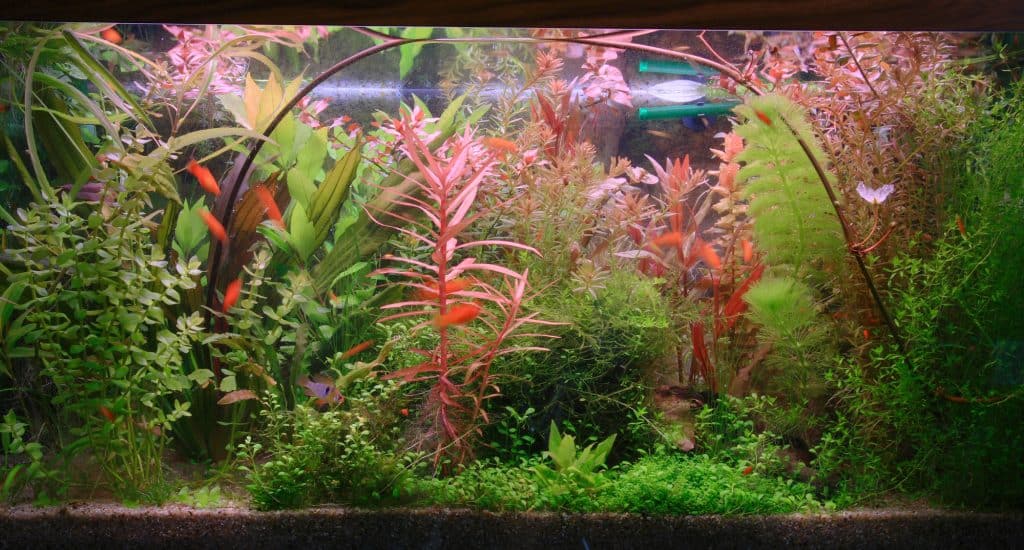
In the end, the difference between Christmas moss and Java moss is minimal.
The both of them are relatively easy to care for, add gorgeous scenery, and provide your fish with a lush environment.
Plus, they can be paired with so many other plants.
The possibilities are endless.
If you have read our comparison all the way through, you have all the information you need to make the best decision for your tank.
There’s a lot of moss out there to choose from, and we hope you’ve figured out which one was right for you.
Which moss did you choose?
Would you recommend it to others?
Do you have any tips for caring for moss?
Let us know in the comments below. We’d love to hear from you.
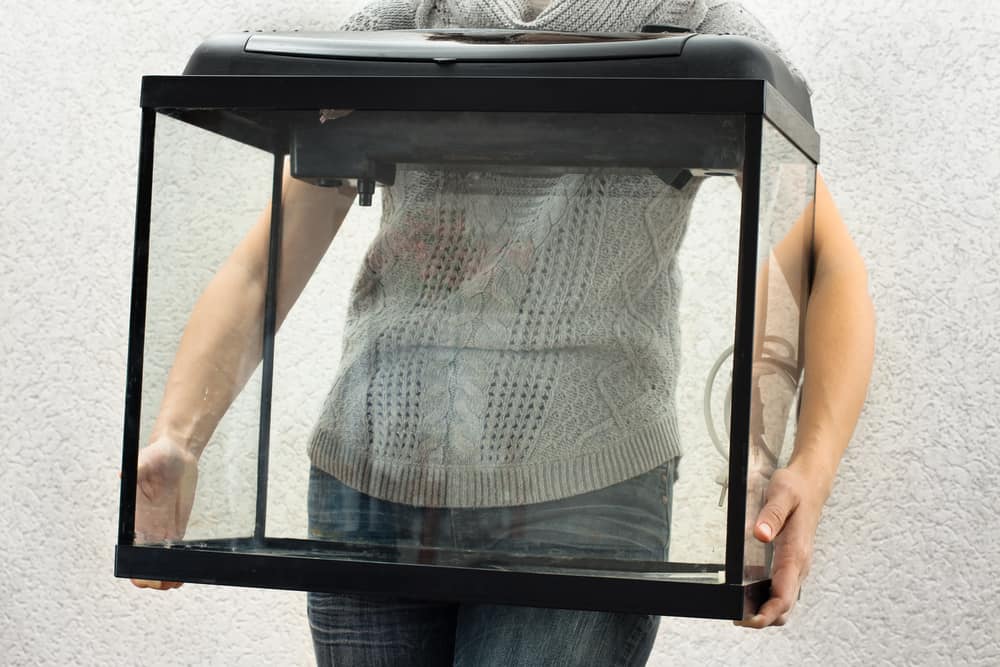
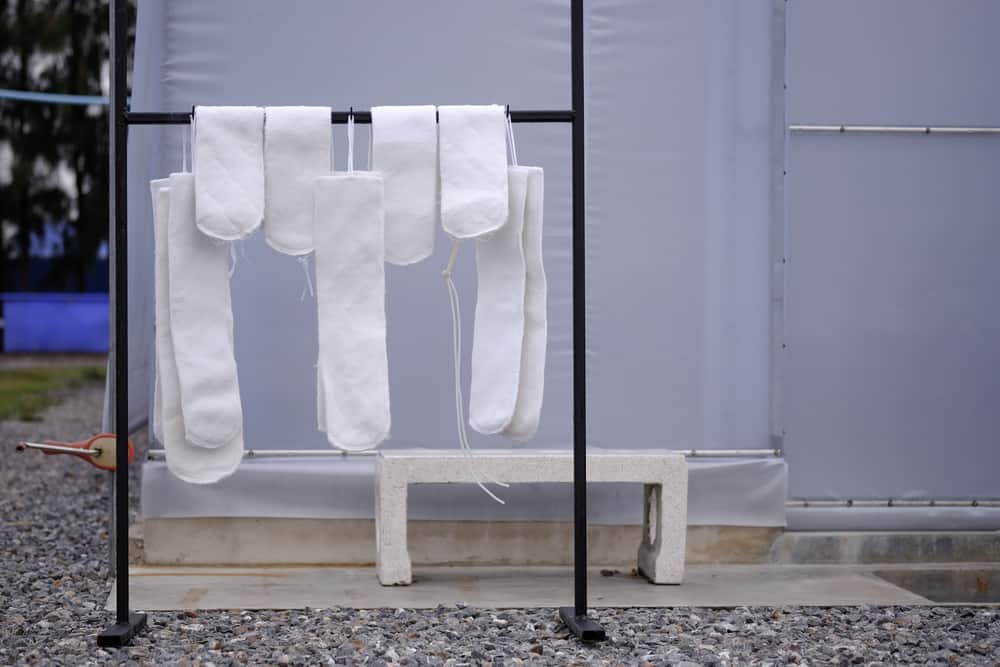
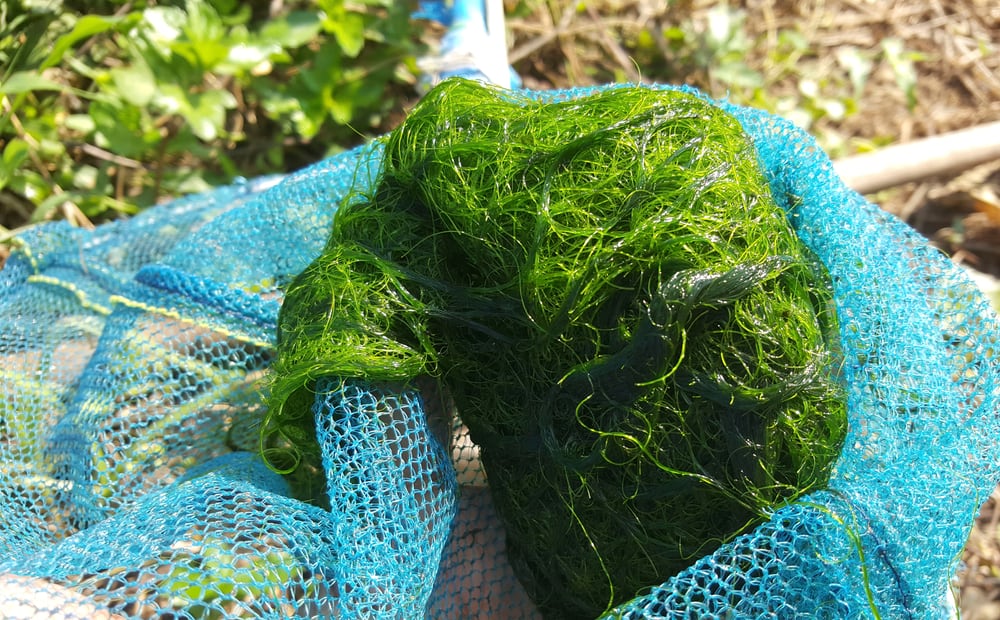
Leave a Reply
You must be logged in to post a comment.